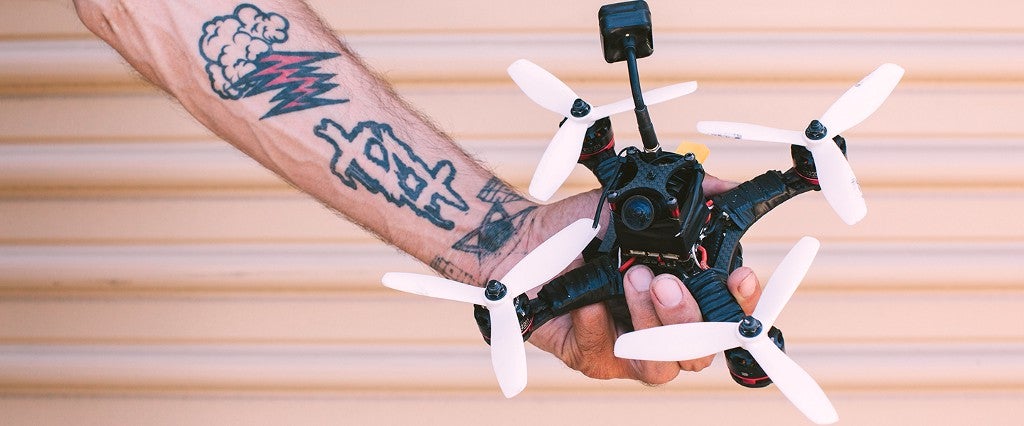Drone racing has been called the “sport of the future,” but for the 200 or so drone-racing diehards who’ve braved the triple-digit heat of the San Fernando Valley in late June, the sport of the future is already here.
“There’s nothing like it,” says Jake Joyner, 12, competing in his first drone race with a $400 quadcopter he built himself in a week. “I like how it’s a video game, but it’s in real life. You’re more nervous because if you crash out here you’re done. In a video game if you crash you can hit reset.”
Joyner is one of 75 drone racers, ranging in age from 12 to 65 and all male, who are competing for one of the top five top spots in Los Angeles First-Person-View field, who will then advance to the $50,000 grand prize nationals in New York City later this summer. In another time and place, boys like Joyner would be spending their summer outside shooting hoops or inside playing video games, but this afternoon, the All-American boy-next-door-type has virtual-reality goggles strapped across his face and is gripping a high-tech flight joystick while flying a camera-equipped quadcopter through a race course at speeds exceeding 75 MPH.
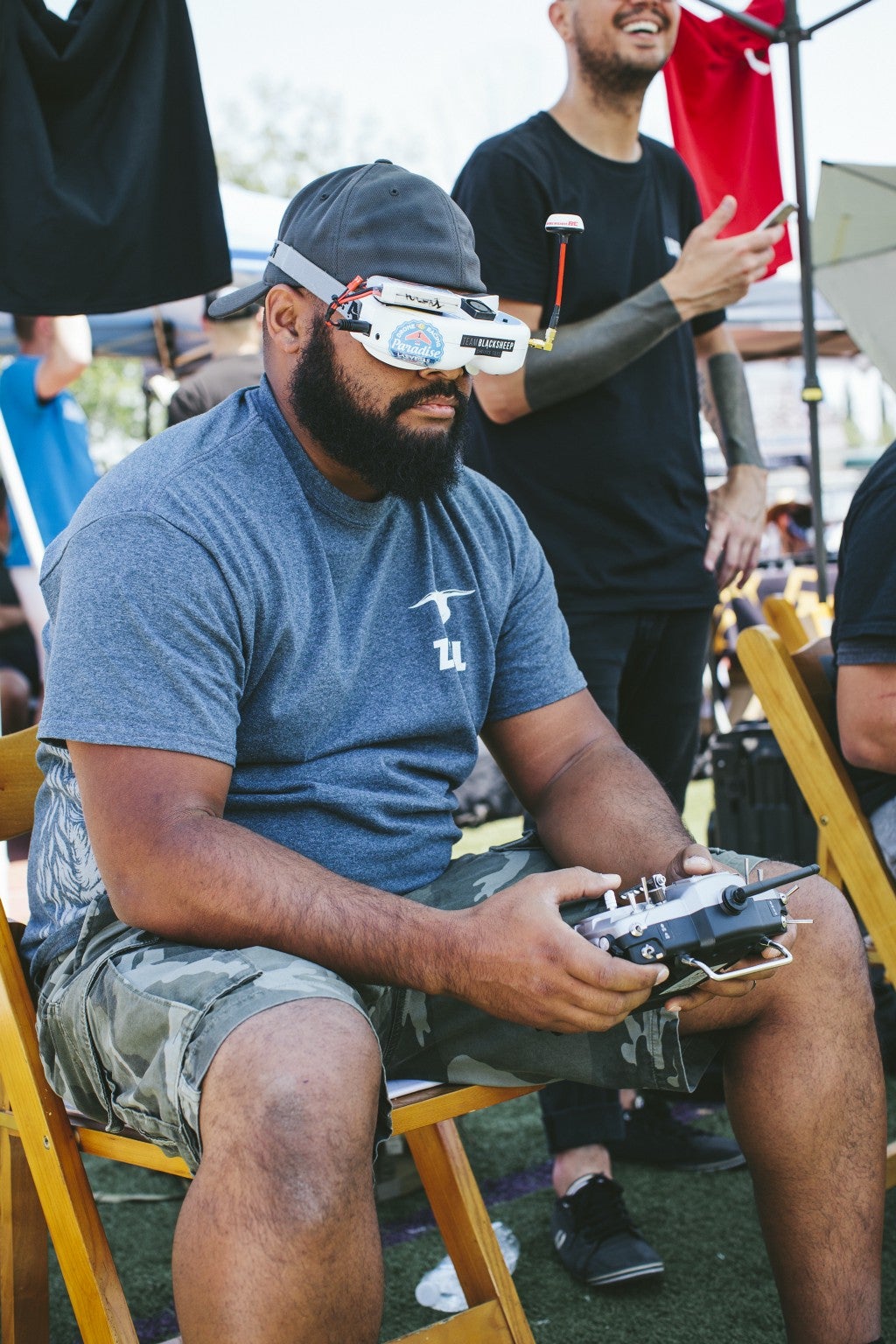
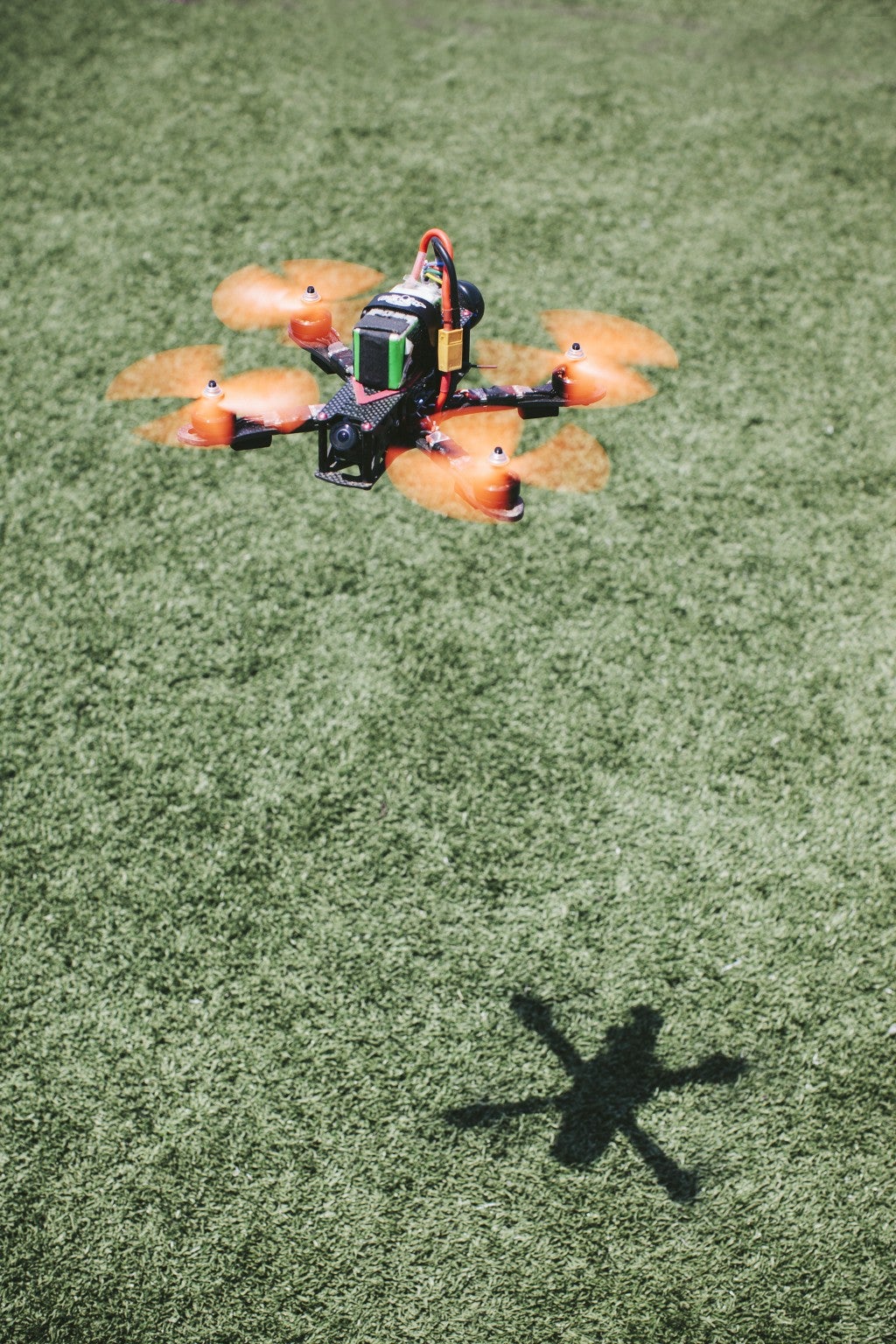
Aside from the Ender’s Game–like image, the drone races look a lot like your typical weekend sporting event: The competition takes place on an athletic field. An announcer’s voice calls the action for a cheering crowd of the racers’ family and friends. There’s a snack shop, a T-shirt vendor and a string of pop-up tents along the sideline.
Inside these tents, however, science fiction becomes a reality. Judges sit in front of 24-inch televisions watching each drone’s flight as it speeds through hoops, racing gates and other obstacles around the course. The pilots stand in front of the tents sharing the same POV signal (through their goggles) as the judges, who count off each point that the drone racks up as it buzzes around the makeshift airspace on the athletic field. It’s eye-opening even though the fuzzy feed is standard definition. The POV makes you feel like you’re in the drone cockpit yourself, speeding through the course. The closest comparison is watching someone play a video game, except it’s happening in real time, right in front of you. You even jerk your neck back when the drone crashes.
Peter Mauro stands to the side of the judges tent, overseeing the scoring. The longtime software developer is the CEO of Drone Squad, a smartphone app that organizes and runs drones racing events and for the first time ever is allowing spectators from around the world to follow today’s race standings live. He thinks the fledgling sport will really take flight once they smooth out the viewer experience, both on-site and at home, like converting the standard definition signal to HD. “Viewers will be able to live-stream the races and people will be able to compete with each other from anywhere in the world, like they do on X-Box Live.”

Mauro worked for Microsoft and now devotes his full-time energies to a sport he instantly fell for: “I’m a nerd, I love aviation, I love building stuff, so it encompasses everything I love — hardware, software and flight.” It seems only natural that generations raised on first-person shooters, GO-Pro action sports clips and entrepreneurial DIY tech would look beyond basketball, football and even video games for a pastime to call their own.
Justin Haggerty thought the same thing two years ago when he started the International Drone Association (IDRA), which puts on these races. “We all aren’t Lebron James or Tom Brady. Nor can I afford an F-1 or NASCAR to train to become a race car driver,” Haggerty says as he stands on the sidelines, watching a race between a geeky teenager and a pudgy 30-something. “But as an average American I can go out and buy and customize my own drone, pick up a remote control, goggles, batteries and everything for around a thousand dollars. Then after two months of practicing in my back yard and crashing at the local park I can come out here and race and maybe even win.”
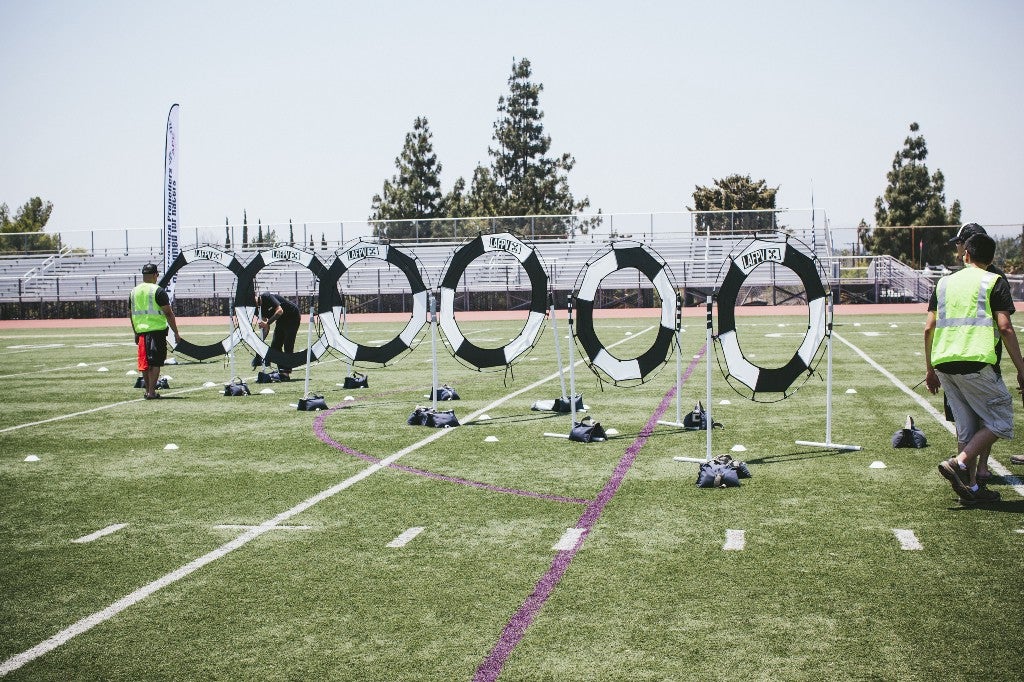
Although there are a number of different drone leagues, the IDRA is the leading global organization and has the inside track to keep growing after securing a multiyear, international distribution deal with ESPN to broadcast championships. “The NFL, NBA and other sports are trying to figure out how to incorporate VR technology, while in our sport it’s organically a part of it,” Haggerty says. “You put the goggles on and it’s so immersive.”
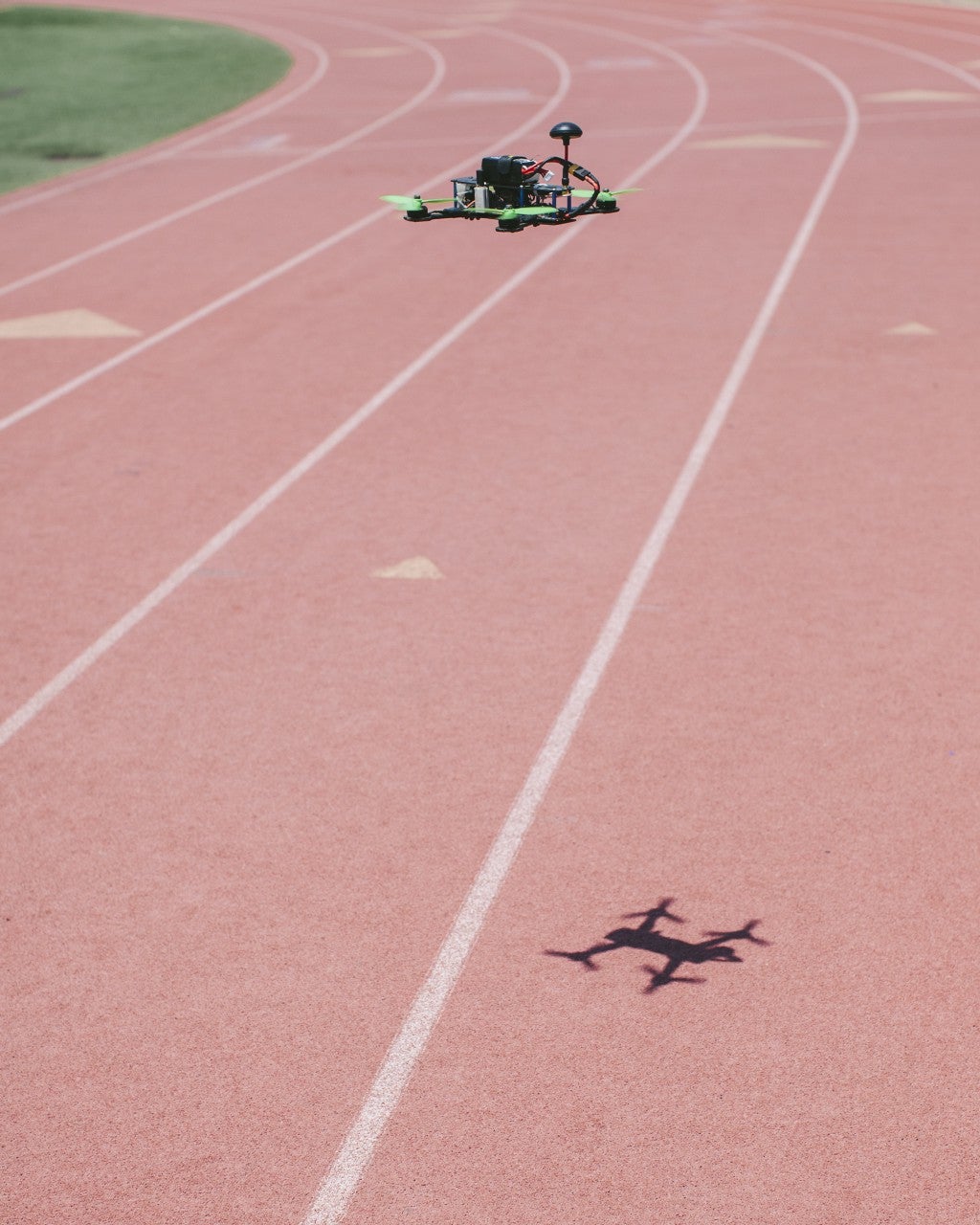
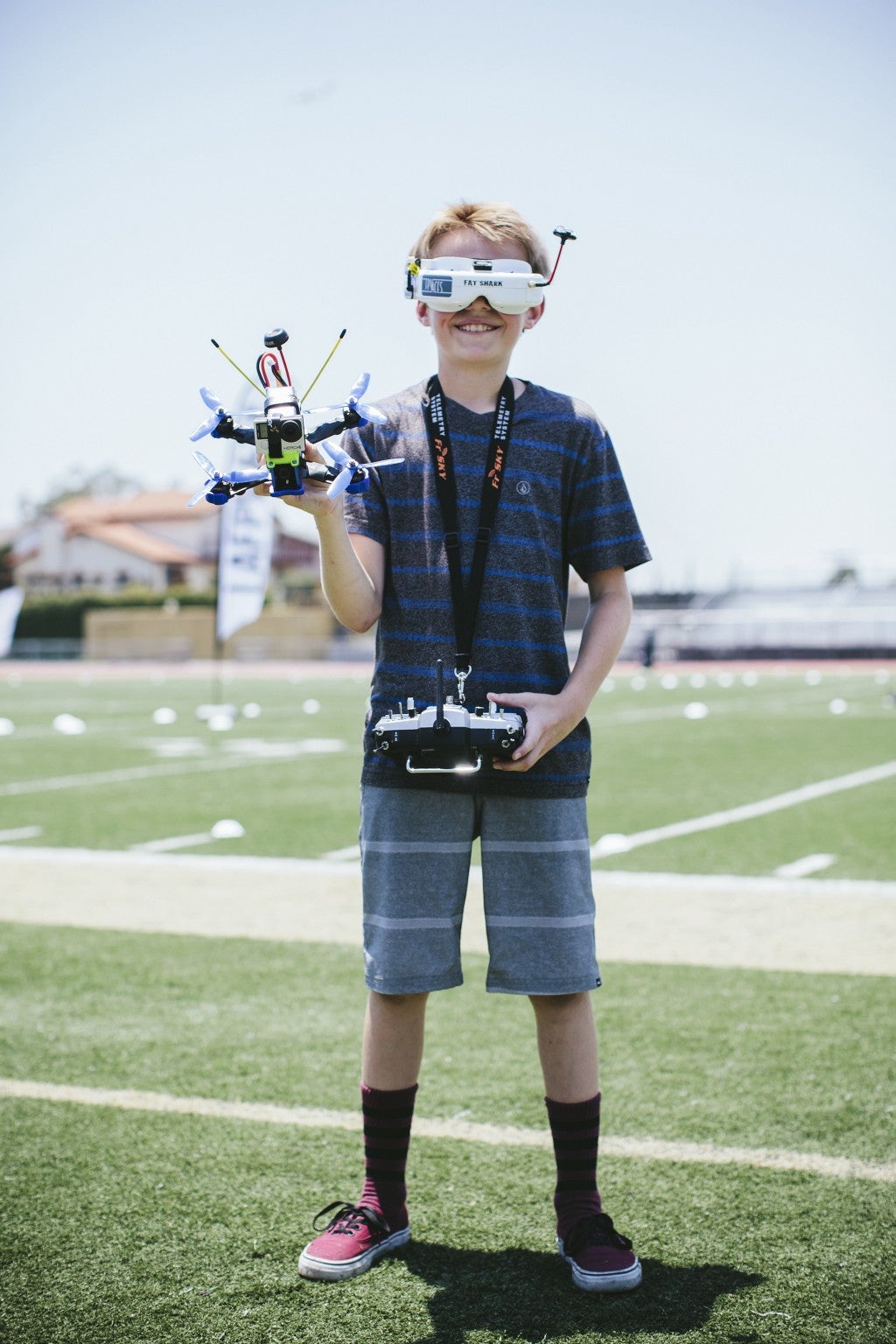
The realness of flying an actual drone with the fantasy of being inside the drone is what separates drone racing from any other sport. “It’s like something you dream of as a little kid,” explains James “The Ripper” McGee, a heavy metal looking dude with long hair and covered in tattoos, who was drawn to the sport after seeing a clip of last year’s Drone Nationals on YouTube. “You can go wherever you want. However fast you want. Do tricks. Fly however you’re feeling at that moment. That feeling of expression is how I feel when I’m drone racing.”
The Ripper is visibly upset after his drone takes a spill and then malfunctions in his racing heat. It’s a common race-day sight, as the unpredictable and fragile drones are still early in their development, but as he makes his way from the racing position back to the pilot tent he’s consoled by other backslapping “been there, dude” competitors.
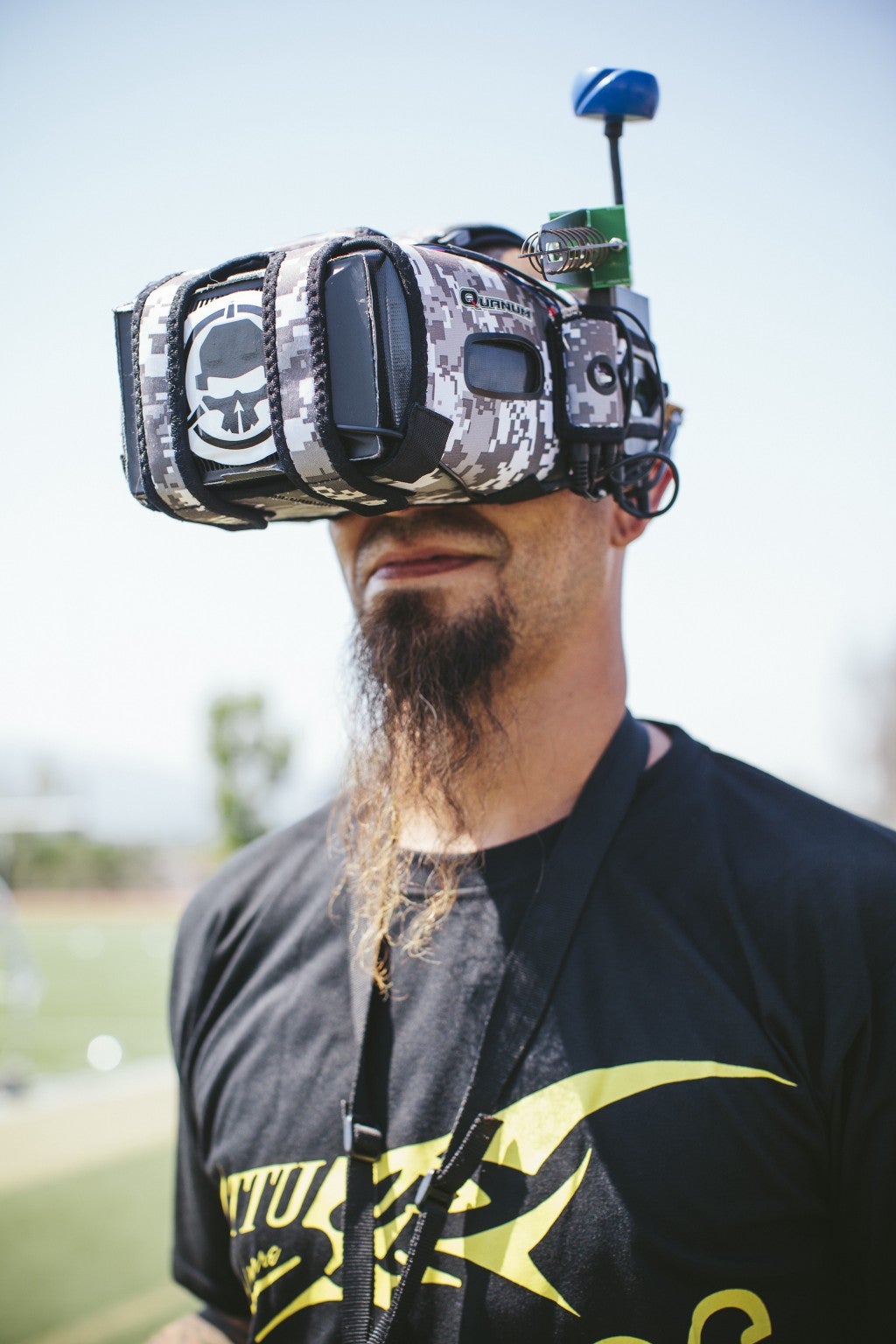
“There’s a real camaraderie out here,” says Conrad “Furadi” Miller, an ex-motorcycle racer and former Air Force mechanic, who flew in from Boise, Idaho to compete as well as meet some friends whom he’s only communicated with online as a drone tech support representative. “The drone community is, like, super chill,” Miller explains. “Everybody is a mix of gamer, techie, thrill-seeker. There’s no ego or shifty behavior. Sure, everyone wants to be top dog, but they also want to help everybody succeed.”
Miller, who was one of the favorites to win, finishes 11th, failing to qualify, but like most of the pilots, organizers and fans, leaves the athletic field with a big smile, a new LAFPV T-shirt and a few new Facebook friends.
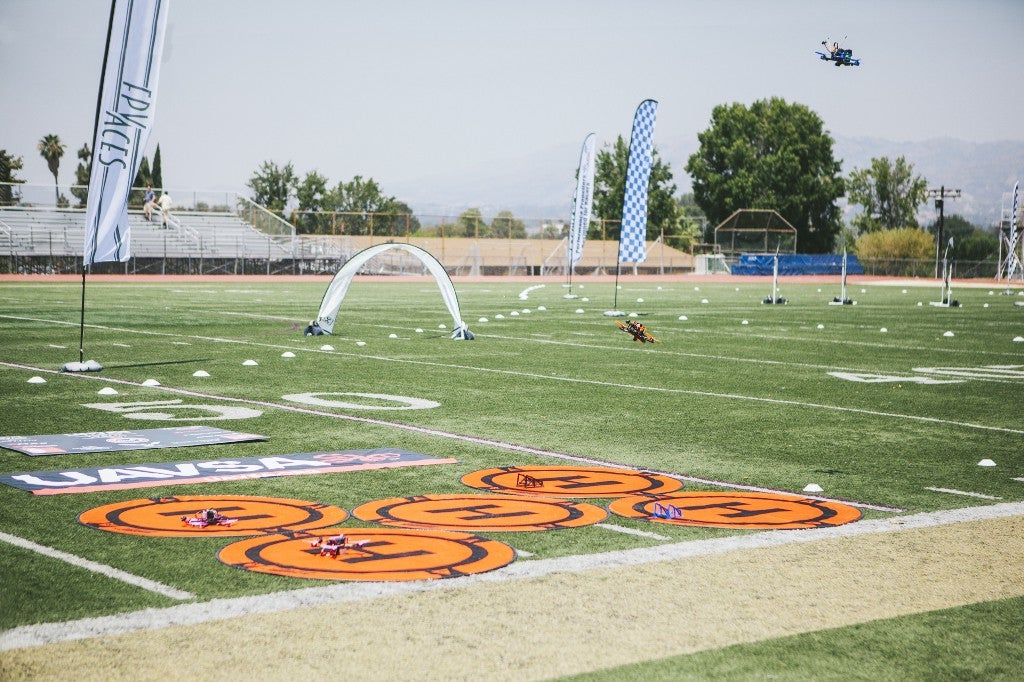
I catch up with Joyner walking off the athletic field with his dad. He didn’t pull off some Disney movie miracle (he finished 62nd in a field of 64), but he did feel a need for speed that won’t keep him grounded for long. “I won’t ever stop racing drones. It’s kinda like a black hole that you fall into.”
